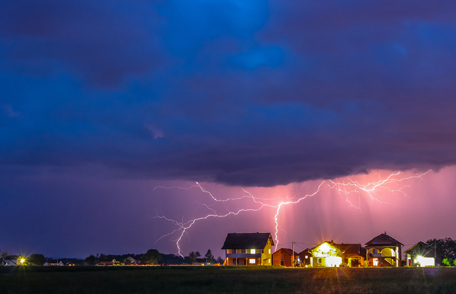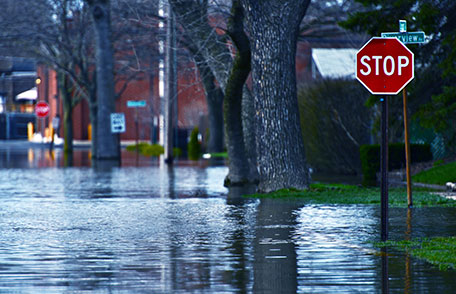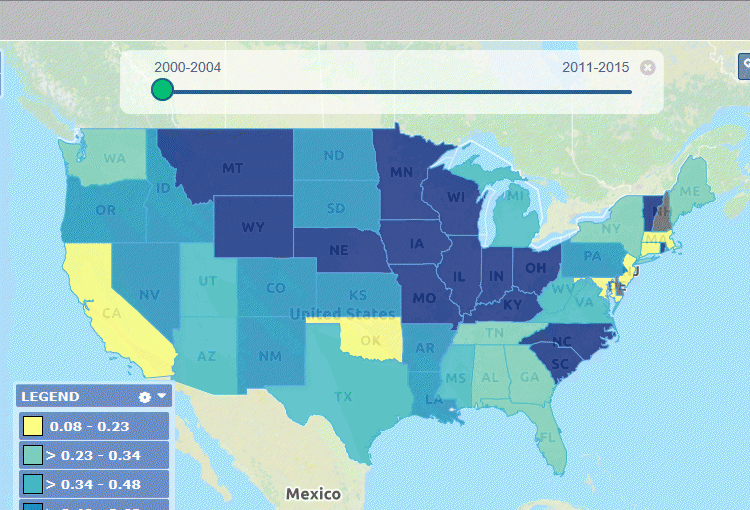Category: Division of Environmental Health Science and Practice
Preparing for a Hurricane or a Tropical Storm

You can’t stop a tropical storm or hurricane, but you can take steps now to protect you and your family. If you live in areas at risk, the Centers for Disease Control and Prevention (CDC) encourages you to begin preparing for hurricane season. The Atlantic hurricane season is June 1 through November 30 each year. Read More >
Posted on by Leave a commentGoing Out to Eat with Food Allergies

Rick, Lois, Angus, and Samantha visit a new restaurant to celebrate Rick’s birthday. They are excited to try the restaurant they’ve heard so much about. The host seats them and they start looking over their menus to decide what to order. Lois is allergic to peanuts, so she wonders about the ingredients in the eggrolls. Read More >
Posted on by Leave a commentHave it Your Way: Exploring Data on the National Environmental Public Health Tracking Network
“Have it your way.” Remember that old marketing promise from a fast food chain? In this case, rather than a hamburger, the phrase is in reference to the treasure trove of environmental and health data on CDC’s Environmental Public Health Tracking Network (Tracking Network). Read More >
Posted on by Leave a commentPrepare for Spring Weather

Spring weather can be unpredictable. Reduce injury risk and plan ahead. Spring is the time of year when many things change—including the weather. Temperatures can swing back and forth between balmy and frigid. Sunny days may be followed by a week of stormy weather. Sometimes extreme weather changes can occur even within the same day. Read More >
Posted on by Leave a commentFlood Safety Tips

Take these important steps to reduce the harm caused by flooding. Each year, more deaths occur due to flooding than any other hazard related to thunderstorms. The most common flood deaths occur when a vehicle is driven into hazardous flood water. Fortunately, you can take steps to protect yourself, your family, and your home. During Read More >
Posted on by Leave a commentTracking Network Data Spotlight Poisonings

CDC’s Environmental Public Health Tracking Network (Tracking Network) connects people with vital public health information. It has data and information that can inform a wide variety of environmental and public health efforts. In recognition of National Poison Prevention Week, we’re highlighting data and information available on the Tracking Network that relate to poisonings. Tracking poisonings Read More >
Posted on by Leave a commentTracking Groundwater in Maine

In Maine, more than half of all homes rely on private wells for drinking water. Many wells have levels of arsenic, uranium, or other chemicals that can cause serious health effects such as cancer or low birth weight. These contaminants can only be detected through laboratory testing. Private well owners are responsible for testing their Read More >
Posted on by Leave a comment
